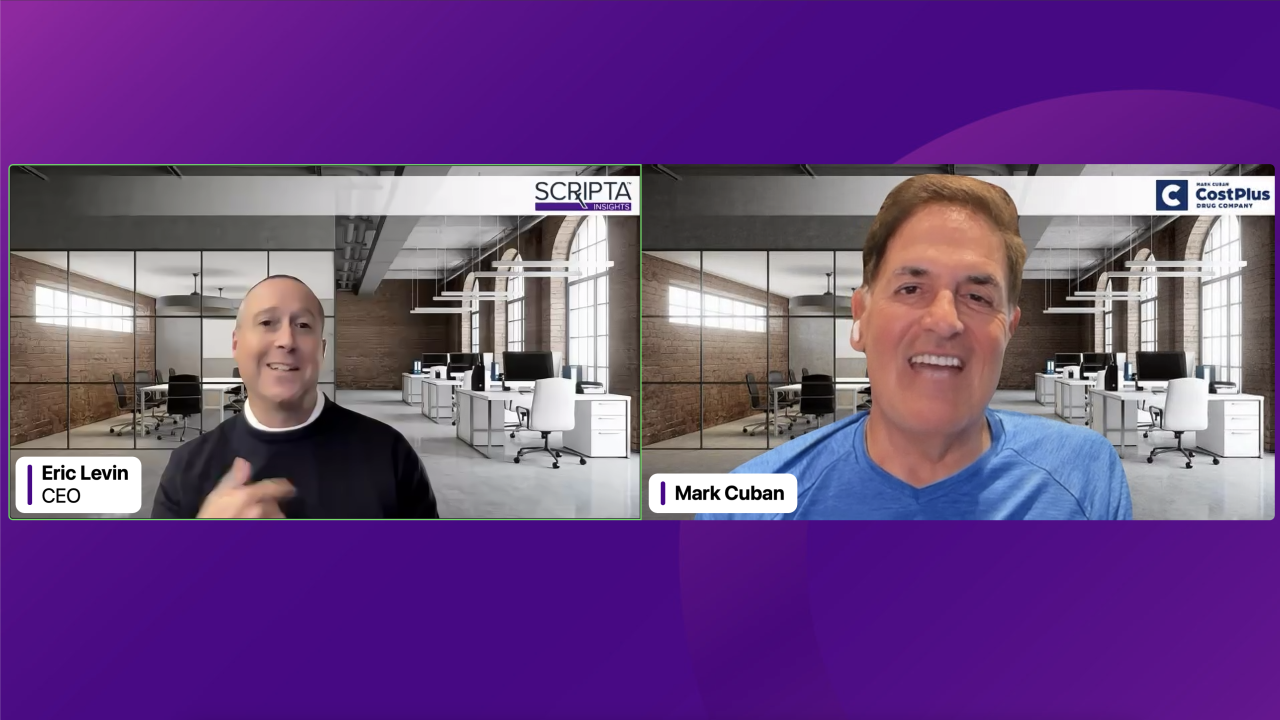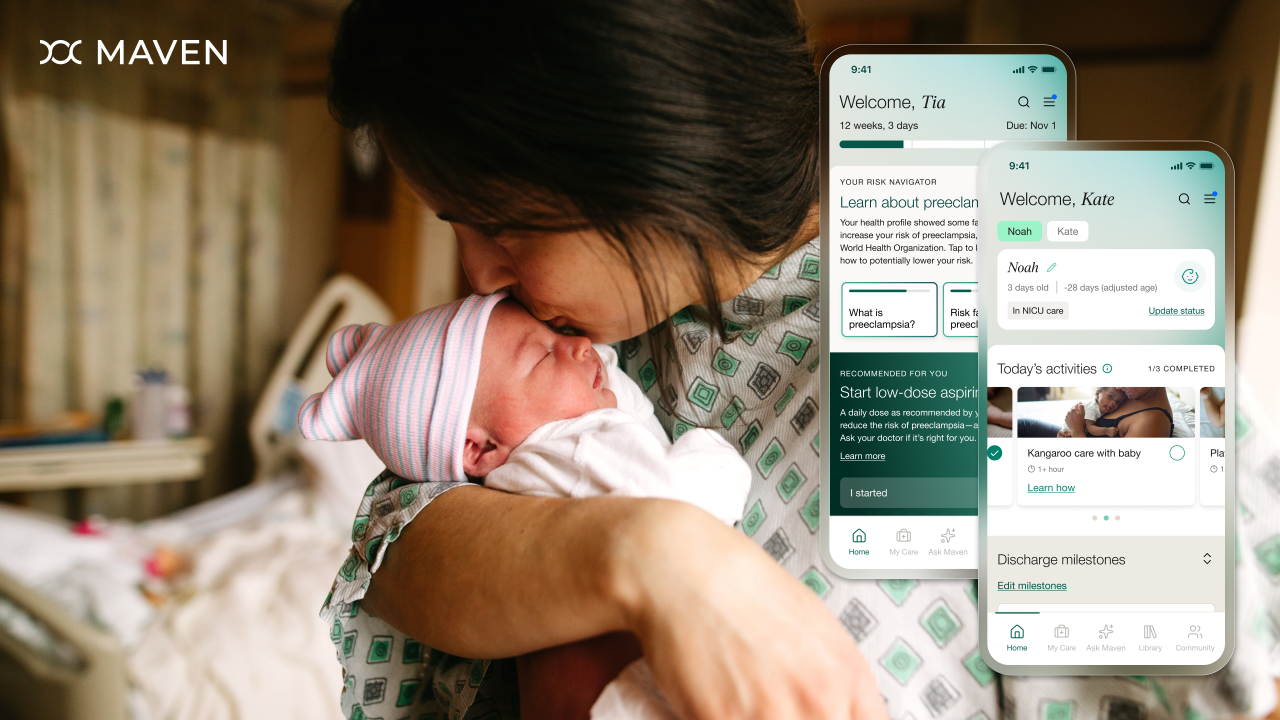Artificial intelligence can be a great ally for benefit leaders looking to better support their workforce — they just need the right tools.
More than 70% of HR and benefit teams are already using or planning to use artificial intelligence in their functions, according to a survey by HR management platform Elevate. But it can be a
"We're entering an era where AI fluency is not optional — it's a competitive advantage," says Kian Katanforoosh, adjunct professor of deep learning at Stanford and CEO of skill assessment and upskilling platform Workera. "Organizations that don't embrace this will fall behind, both in business outcomes and talent retention."
Read more:
Despite its growing presence and demand,
For example, a quarter of employees are still
"When a benefits person is supporting hundreds of employees, and everybody wants an answer right away and they've already got so many tasks to undertake — it's overwhelming," says Wayne Wall, CEO of HR communication platform Flimp. "Having a reliable tool that can answer employees' questions [...] really just takes the burden off of them and frees up a lot of their time."
From helping employees navigate student loans, to guiding benefit leaders through their compensation decisions, a few industry experts explain the many






